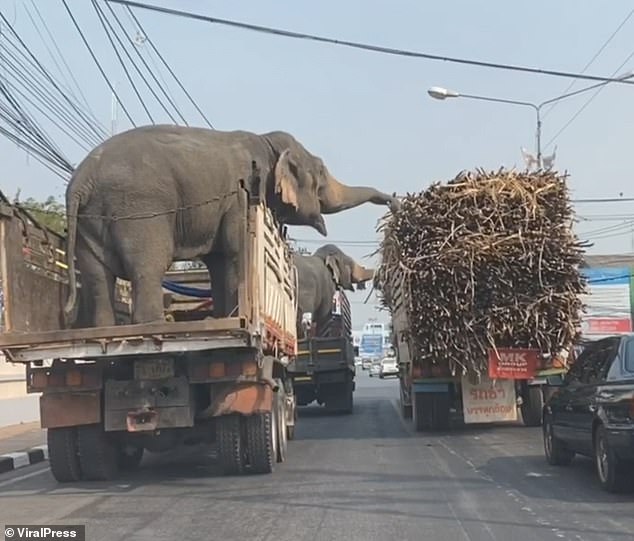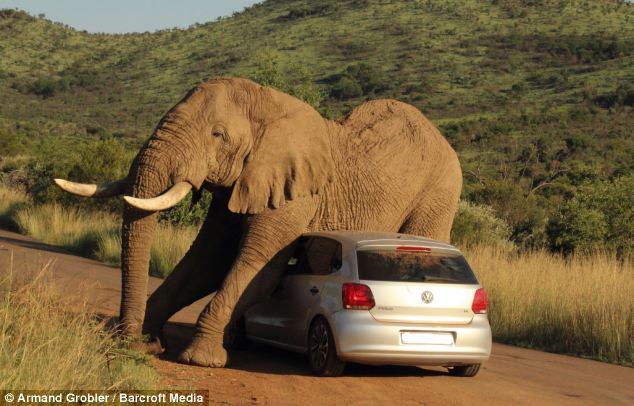
Beach vacationers in Nags Head, North Carolina, struggle to keep a sperm whale from beaching itself. Sadly, two beached sperm whales that day — a mother and calf — were eventually euthanized by representatives from OBX Marine Mammal Stranding Network.
We scuba divers love our encounters with the oceans’ four groups of marine mammals: cetaceans (whales, dolphins and porpoises), pinnipeds (seals, sea lions and walruses), sirenians (manatees and dugongs), and marine fissipeds (polar bears and sea otters).
Marine mammals are just like us: They breathe air through their lungs, are warm-blooded, have hair (at some time during life), bear live young, and produce milk to nurse their young. But what sets them apart is that they possess unique physical adaptations that allow them to thrive in water, including being able to withstand extreme ocean temperatures, depths, pressure and darkness.
There are many threats facing marine mammals today, including three that can cause injury or death — accidental or deliberate stranding, entanglement and toxic pollution from an oil spill. In these cases, it’s natural to want to help the animal. We’ve laid out guidelines so you’ll know what to do if you encounter a marine mammal that needs your help.

Step No. 1: Report marine mammals that appear to be ill, abandoned or in danger. Many states and countries have a stranding network of experts, including veterinary specialists, who are specially trained in how to deal with marine-mammal emergencies.
TO HELP A STRANDED OR BEACHED MARINE MAMMAL
Sometimes, marine mammals will strand themselves deliberately, due to illness, or accidentally, often for unknown reasons. Note: Seals and sea lions regularly “haul out” of the sea to rest on the shore, and pups are often left alone by their mothers. If you approach too closely, the mother may be scared off and abandon the pup.
• Immediately call for expert help. NOAA responds to stranded marine mammals and works with volunteer stranding networks in all coastal states.
• Observe the animal from a distance of at least 50 feet. Keep people and dogs away; they can stress the animal. Observing from a distance allows you to see whether this is a temporary, deliberate “beaching,” as in the case of a seal or sea lion. It also allows you to communicate important information to experts who can help.
• Determine the species. If you don’t know it, describe physical characteristics such as size, markings, external earflaps and fur color. This helps rescuers determine the species, so that they know what rescue equipment and volunteers are needed.
• Describe the animal’s condition. Is it weak or suffering from any open wounds?
• Provide the exact location of the animal in order to provide accurate directions.
• Whales and dolphins often strand on their sides. If expert help is not available immediately, approach cautiously and calmly. Gently roll the whale or dolphin onto their front (belly), so that the blowhole is facing upwards. It is helpful to keep their skins wet with water, but be very careful not to get water down the blowhole. If you can talk to an expert on the phone, they can guide you.
• Do not drag a marine mammal back into the water. This may cause serious injury to the animal.

It can be dangerous to approach very large marine mammals who are injured or sick, whether on land or in the water.
WHAT TO DO FOR AN ENTANGLED MARINE MAMMAL
We’ve published amazing stories about divers and snorkelers who have disentangled an injured whale shark, dolphin and humpback whale, but it can be dangerous to both the animal and rescuer. What can you do if you spot an entangled marine animal?
• Call the experts, even when you spot a marine mammal who is entangled underwater. Highly trained emergency responders will be able to disentangle large whales. These animals are very powerful and often in pain.
READ NOAA’S GUIDELINES ON INTERACTIONS WITH INJURED MARINE ANIMALS
• On a boat? Hail the U.S. Coast Guard on VHF Ch. 16.
If help is not immediately available:
• If there is sufficient crew onboard, make sure everyone is able to assist.
• Avoid abrupt actions or vessel movements that may panic the animal.
• As soon as the opposite side of the mainline is available, use two long gaffs to recover it. Do not use the gaff or any other sharp tool in direct contact with the animal. A gaff should be used only to control the line.
• Gently bring the animal alongside the vessel.
• If a tangle exists, gaff the other side of the mainline and attach it to the vessel or float ball to isolate the vessel and marine mammal from any tension on the remaining gear in the water.
• Work the tangle off the animal as smoothly and quickly as possible.
• If you’re underwater, apply the same principles, but let the animal approach you. Work as quickly and gently as possible to disentangle the animal from nets, fishing lines and the like or to remove a fishing hook from the animal’s mouth, flipper or body.
• If you encounter a sick, injured or “lost” manatee (an individual that’s in cold water), contact experts who are trained to help it.

In 2015, after the oil spill near Refugio State Beach, Californians came together to help oiled marine mammals like this elephant seal.
WHAT TO DO IF YOU SPOT MARINE ANIMALS OR OTHER WILDLIFE TRAPPED OR INJURED BY OIL
Events like the explosion that occurred on the British Petroleum oil rig Deepwater Horizon in the Gulf of Mexico in 2010 can cause catastrophic harm to the wildlife that live in the region.
According to the Marine Mammal Center, oil in or on the water is extremely dangerous to wildlife. Animals that have survived oil spills may suffer long-term effects.
INSIDE THE DEVASTATING IMPACT OF AN OIL SPILL
• If you find oiled wildlife in your area, please call your local US Fish & Wildlife Service office.
• Do not attempt to rescue the wildlife yourself and keep pets away from the area. If oil-soaked animals are scared back into the water by pets or people, their chances of survival decrease dramatically.
• Following a catastrophic oil-spill event, volunteer to be trained in how to properly clean oil-soaked wildlife.
• During containment efforts for the Deepwater Horizon spill, volunteers got creative in making homemade booms by stuffing donated hosiery nylons with hair and fur donated by hair salons and pet groomers. Hundreds of tons of naturally absorbent human hair and animal fur combined with tens of thousands of pairs of remainder nylons helped limit the impact of the massive Gulf Coast oil spill. In the event of a future spill along one of our coasts, find out if you can organize a “hair-raising” event to collect donations or speak to locate hair stylists and pet groomers about sending in their leftover hair and fur.
Record all injuries and mortalities of marine mammals within 24 hours on the NMFS Marine Mammal Injury/ Mortality Reporting Form.







